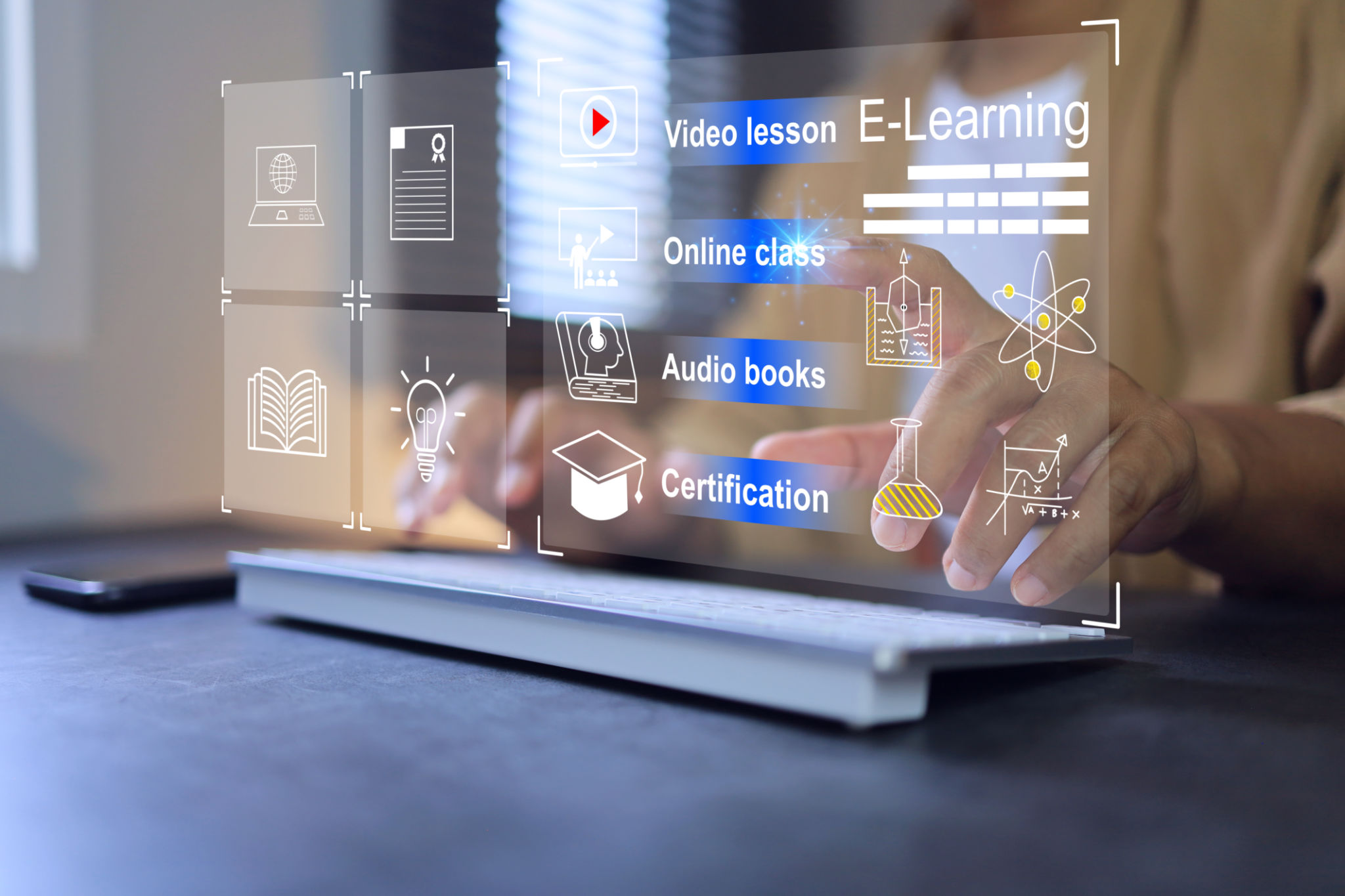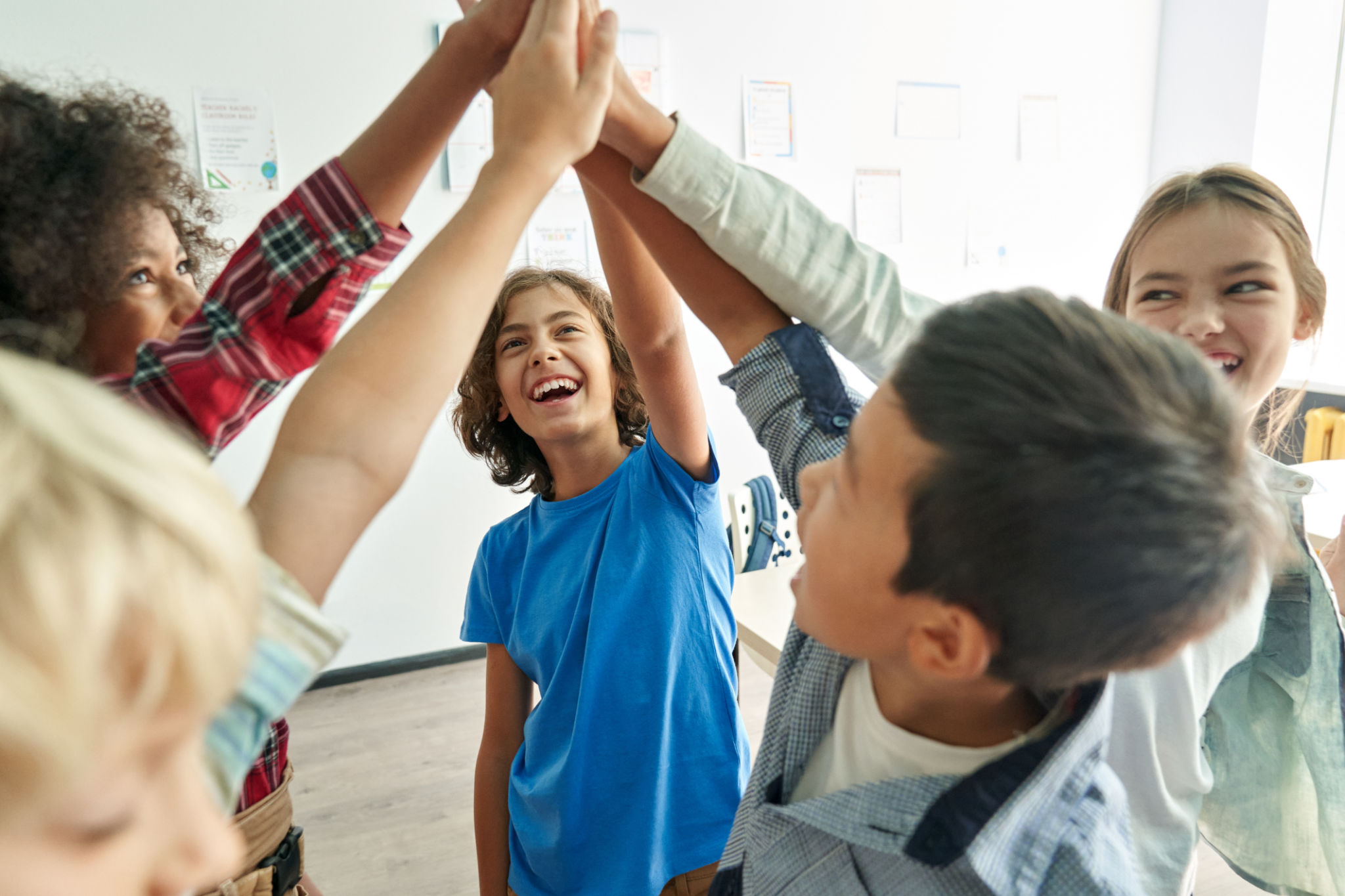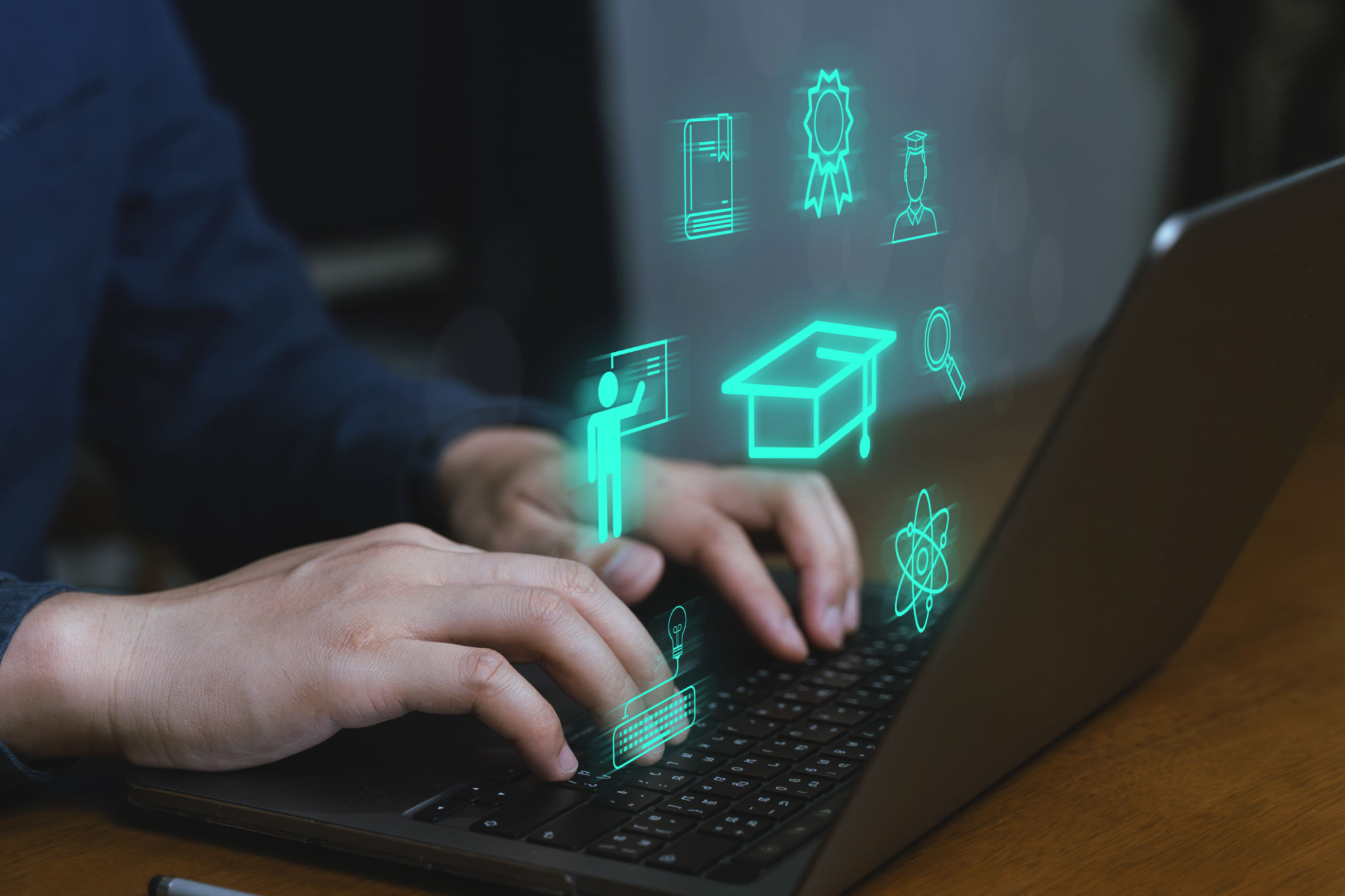Success Stories: How Personalized Learning Transformed Student Outcomes
The Rise of Personalized Learning
In recent years, personalized learning has gained momentum as a transformative approach in education. By tailoring the learning experience to meet individual student needs, this method has shown remarkable potential in improving student outcomes. Schools that have adopted personalized learning strategies report enhanced engagement, better understanding of complex subjects, and higher achievement rates.
Personalized learning is not just a trend; it represents a significant shift in educational philosophy. Instead of a one-size-fits-all approach, it empowers students to take charge of their own learning paths, fostering independence and self-motivation. This customized approach acknowledges that students learn at different paces and have varied interests, which can be harnessed to improve academic success.

Key Components of Personalized Learning
There are several essential elements that form the backbone of personalized learning:
- Individual Learning Plans: These plans are tailored to each student's strengths, needs, and interests, setting personalized goals and milestones.
- Flexible Learning Environments: Providing options such as online resources, interactive tools, and traditional classroom settings allows students to choose how they learn best.
- Continuous Feedback: Regular assessments and real-time feedback help students understand their progress and areas needing improvement.
These components work synergistically to create a dynamic learning environment where students can thrive. The result is a more engaging and effective educational experience that caters to the unique needs of each student.
Success Stories from Around the Globe
Several schools worldwide have successfully implemented personalized learning initiatives with outstanding results. For instance, a high school in California saw a 20% increase in student graduation rates after integrating personalized learning strategies. Teachers reported that students were more motivated and engaged, leading to higher levels of academic achievement.

In Finland, a country renowned for its educational excellence, personalized learning has been integral to fostering creativity and critical thinking among students. Finnish schools have adopted flexible curricula that allow students to explore subjects of interest deeply, resulting in higher levels of student satisfaction and performance.
The Role of Technology in Personalized Learning
Technology plays a pivotal role in the success of personalized learning. With the advent of educational software and digital platforms, students now have access to resources that cater to their specific learning needs. These tools offer interactive exercises, video tutorials, and simulations that make learning more engaging and effective.
Moreover, technology enables teachers to track student progress in real-time, allowing them to adjust instruction methods accordingly. This data-driven approach ensures that each student receives the support they need to succeed.

The Future of Education
The success stories of personalized learning highlight its potential to revolutionize education. As more schools adopt this approach, we can expect a shift towards more inclusive and equitable educational systems. By acknowledging and addressing the diverse needs of students, personalized learning promises a brighter future for learners everywhere.
The journey towards widespread adoption may present challenges, but the benefits far outweigh the obstacles. As educators continue to refine and expand personalized learning methods, the ultimate goal remains clear: to provide every student with the opportunity to reach their full potential.